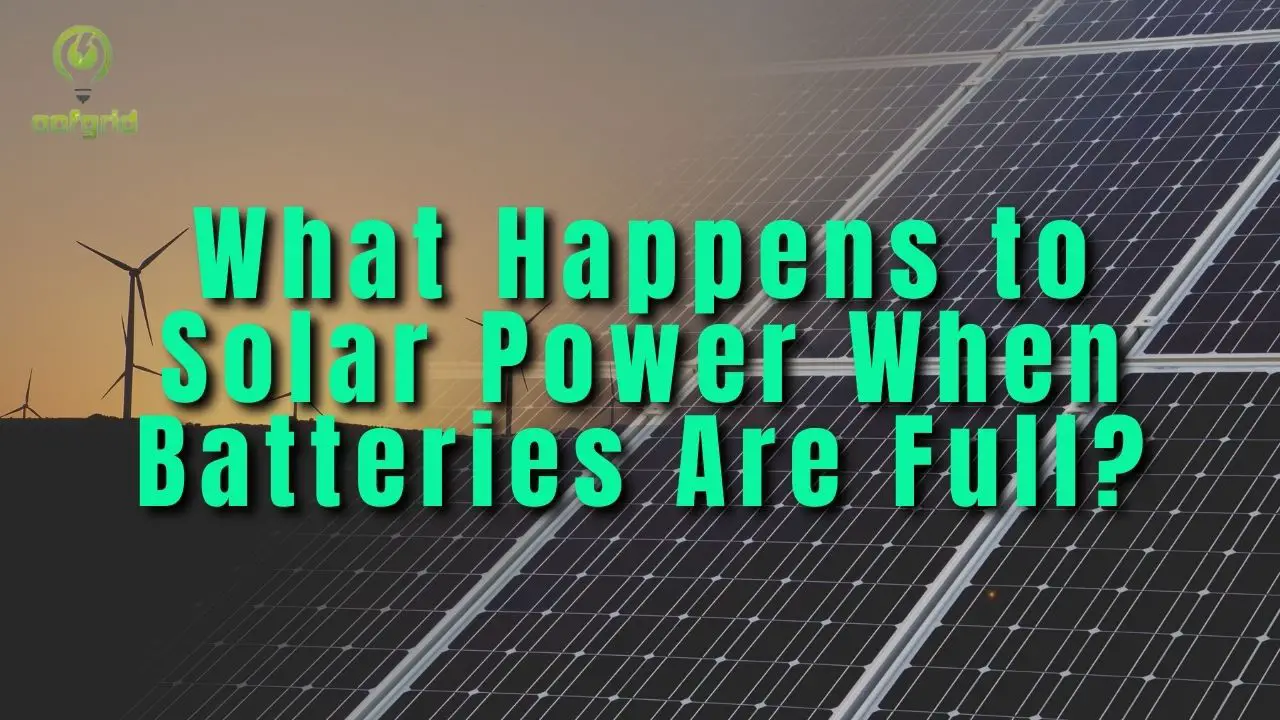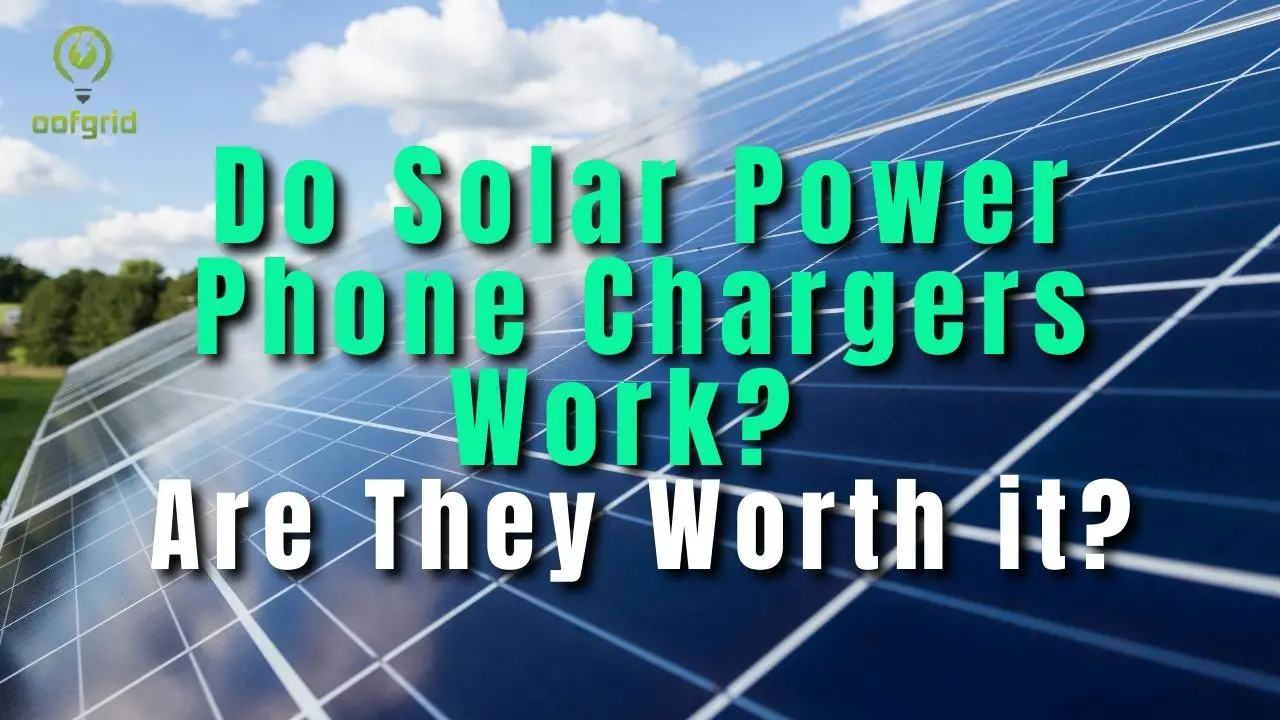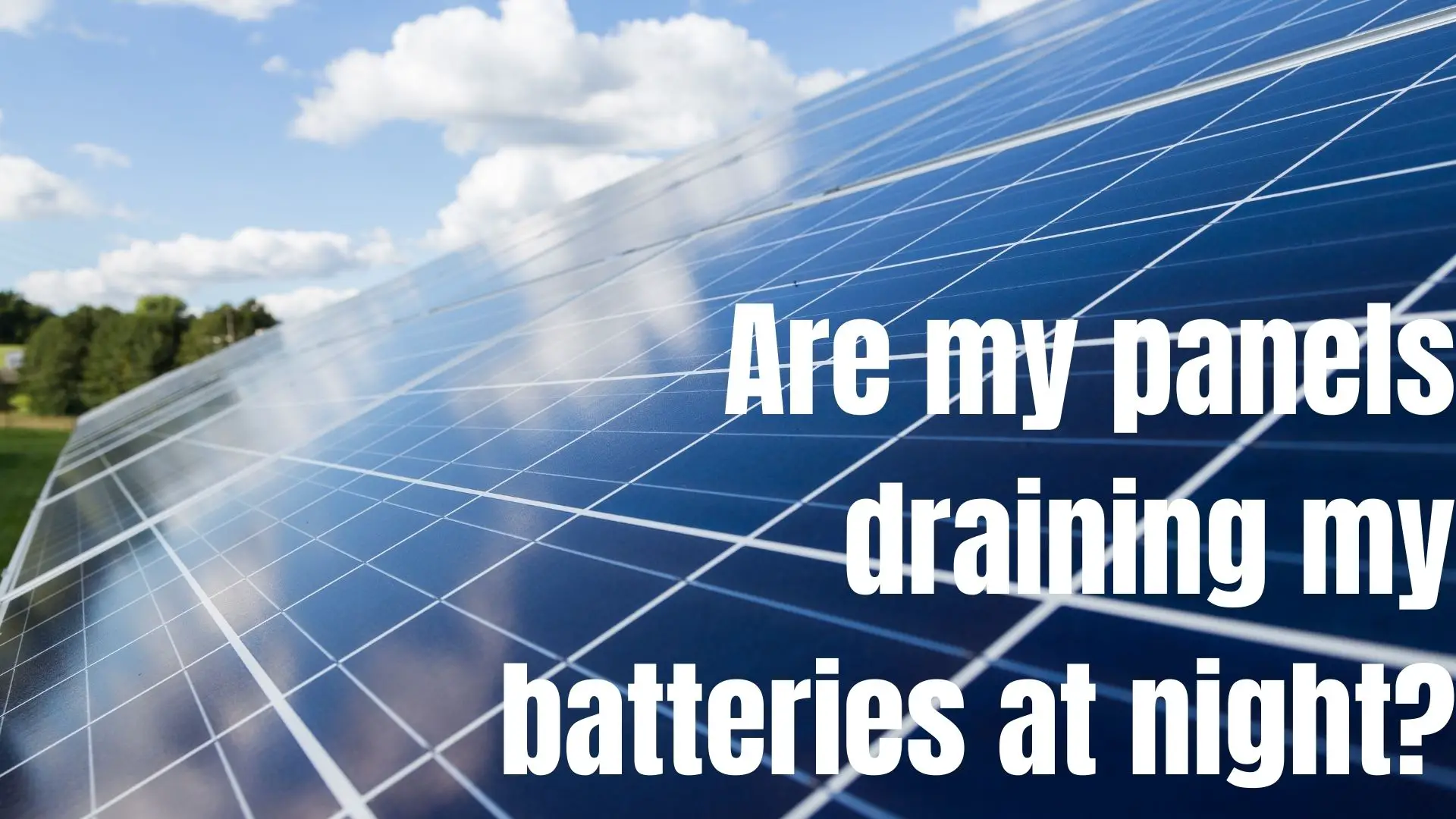Solar trickle chargers are designed to keep batteries in infrequently used vehicles or batteries.
Trickle chargers do not generally produce enough energy to overcharge a battery, but if you will not have access to check on your battery, place a solar charge controller between the trickle charger and the battery. Trickle chargers tend to produce 19 to 20 volts, which will provide a very slow charge to batteries.
Be sure to refer to the user’s manual for your specific model of a trickle charger, but many recommend a charge controller for unattended use.
Trickle chargers are also called charge maintainers, they are designed to maintain the charge on a battery rather than charge it, so the voltage output is generally low.

Contents
Is it safe to leave a trickle charger on all the time?
Trickle chargers are designed to keep a battery from dying while not in use. To protect the life of your battery it is recommended that you install a basic charge controller between the solar charger and your battery when it will be charging for an extended time.
Solar trickle chargers are designed to protect batteries from damage caused by a complete discharge. When your battery has completely died a few times, its life has been shortened.
However, overcharging a battery will also shorten the life of the battery. Overcharging batteries produces heat, and heat is the number one enemy of batteries.
So, if you will not be able to monitor the battery that is connected to the trickle charger, you should add a charge controller, which will prevent the battery from overcharging.
With a charge controller, the trickle charger can be left connected to the battery safely.
You should always remove the charge controller from your battery when starting your car. The alternator starting the car may cause damage to the solar charger.
This is true with charge controllers that connect directly to the battery with alligator clips and those that connect with a cigarette lighter type connection. These should both be removed when starting the car.
Be sure that you use electric-safe gloves when handling the components of your solar charge and battery. If any components are wet, be sure to dry them thoroughly while wearing insulating gloves.
Tips for Trickle Chargers
Most trickle chargers are used on cars that are irregularly used, tractors, golf carts, scooters, and boats. These items are often stored away from home and cannot easily be monitored.
If you want to safely use a trickle charger without having access to monitor the battery, follow these tips:
Plan 25% Bigger
Solar trickle chargers can sometimes produce more watts than they are rated for. As a general rule, you should expect that the panel can go as much as 25% of the energy it says it will provide.
This could overcharge a battery over the course of many weeks.
Do a Test
If possible connect your trickle charger to a multimeter to measure the actual watts that the panel is producing.
Make sure that the voltage produced is the same voltage as your battery. This will ensure safe, slow charging.
The trickle charger should provide just enough power to replace the battery’s self-discharge.
Inspect Regularly
At least once a month, inspect the components of your battery and the components of your trickle charger.
Be sure there is no new corrosion and no problems with the connections between the charger and the battery.
If possible mount your charger inside a windshield rather than on the roof where it can be damaged by falling debris.
Keep it Clean
Solar chargers need to be kept clean to function properly.
Regularly check that the trickle charger is not obscured by fallen leaves or snow, which will prohibit the panel from working.
A monthly inspection is likely enough unless there has been a known weather event.
Charge Controller
The best way to protect the battery and the charger.
Charge controllers are like a faucet that controls the flow of electricity along the lines where they are connected.
Charge controllers are very inexpensive and provide a lot of protection to your components.
If you will not be able to regularly monitor the battery that is hooked to the trickle charger, installing a charge controller between these components will keep the battery from overheating.
Overcharging can damage batteries quickly, so a charge controller will shut off the power to the battery so it cannot overcharge.
While some trickle chargers may have built-in charge controllers, be sure to ensure that feature is working properly before leaving your battery unattended for an extended time.
Can a trickle charger drain a battery?
A trickle charger if it is wired incorrectly it can drain a battery instead of charging a battery. It is more likely that a trickle charger is not working correctly, not receiving enough sunlight or the battery is incapable of holding a charge.
If you are having trouble with a battery that has died repeatedly, you may have gotten the trickle charge to keep the battery from dying. If the trickle charger is not working, it is likely that the battery has gone bad.
You can bring the battery to an auto part store for testing and they can tell you if it is capable of holding a charge.
If you have a good battery, but the trickle charger seems to be draining the battery, check the user’s manual to be sure you have connected the trickle charger correctly.
If you have connected the positive to the negative or made a grounding error the electricity may be draining from the battery.
Do I need a charge controller for a trickle charger?
Trickle chargers that do not have built-in charge controllers should be used with a charge controller between the charger and the battery. Charge controllers control the flow of electricity from the solar panel to the battery and protect the battery from overcharging and overheating, which can cause permanent battery failure.
I have read the owner’s manuals for three types of charge controllers and the ones that hook directly to the battery with alligator clips often recommend charge controllers while those that attach with a cigarette lighter do not.
The chargers that connect to the battery via the cigarette lighter inside the car may not be able to connect to a charge controller.
Some of the manufacturers give very few parameters for using the trickle chargers, so practice caution and monitor your battery charger with a multimeter whenever possible.
Can I leave a trickle charger on while driving?
It is not recommended that you leave a trickle charger connected while driving your vehicle. If your trickle charger is mounted to the outside of your car, driving will cause damage to the panel. Even if the panel is mounted inside the car, the energy produced by the running engine can cause damage to the solar panel.
When you start the car, you must disconnect the trickle charger. The alternator will produce enough electricity to damage the solar charger.
If your charger is connected directly to the battery with alligator clips, there will be a lot of energy flowing between the alternator and the battery. More energy than the charger is designed to withstand.
When you are removing the trickle charger, be careful to never touch the bare metal with your hands. Even though the voltage produced by the trickle charger is very low, you can still be electrocuted if you touch the components.
When you are removing your trickle charger, be sure to dry all components of the charger and the battery while wearing insulated gloves to avoid accidental electrocution.
Many manufacturers specifically warn against leaving the charger connected when starting the car, so don’t risk it.
Can you overcharge a car battery with a solar trickle charger?
A trickle charger can overcharge your battery if it does not have a charge controller. You can protect your battery with an inexpensive charge controller.
Trickle chargers are usually designed to charge 12-volt batteries like those in cars, boats, tractors, and golf carts. These batteries can be overcharged and fail if they are given too much of a charge.
Trickle chargers can occasionally produce up to 25% more power than advertised, so when you are sizing your trickle charger consider that possibility.
The charge can build up over time and slowly overheat the battery which will break down the components of the battery and destroy it.
A charge controller can be connected between the trickle charger and the battery and will keep the battery from receiving too much power from the trickle charger.
Charge controllers are available at a low cost and will provide protection for your battery.






